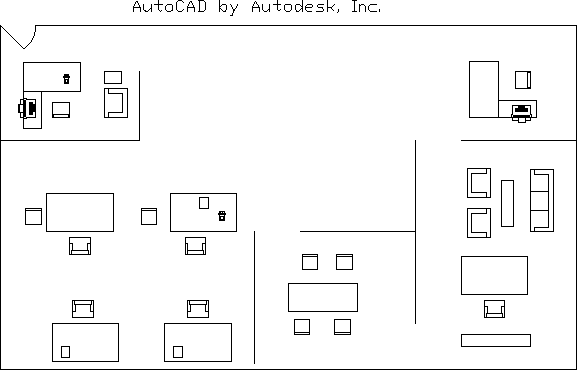
If only because of the support burden, we can't target every computer system in the world during the first few months. The current idea is to pursue the CPM (8080 and Z80) market immediately with all we've got. This means installing the Sierra Z80 board in lots of existing computers.
We need to do more evaluation of the IBM and Apple situation with respect to both technical and marketing questions. We ought to be getting hardware for non-Z80 systems within 4-6 weeks.
The products that we expect to concentrate on are MicroCAD, Autodesk, Opticalc, and Window. One non-yucky name in the whole bunch. For those who haven't kept up with the latest nomenclature and bright ideas, here's a quick description.
We're also looking closely at JPLDIS, a very useful data base system written in Univac Fortran. The program is in the public domain, so we have the right to convert it to microcomputers and sell it. In fact, it apparently is being sold now under the name of Dbase II, but there's nothing to stop us from getting into the act.
We still need to make decisions about an implementation language, for which the candidates seem to be CB-80, C, and PL/1. We now know that CB-80 works, and we can expect it on the 8086 sometime soon. PL/1 also works, and we can get a beta test version in May. C is supposed to be available on every microcomputer; we need to know more about the quality and standardization of the various versions.
The office drawing was done in the week before COMDEX 1982 as a flagship demo to show off zooming and block manipulation capability. It was the most-used demo at the introduction of AutoCAD.

Editor: John Walker